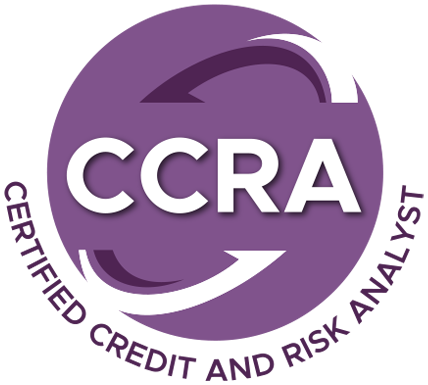CCRA

CCRA
The Certified Credit and Risk AnalystSM (CCRASM) Designation is an academic-based designation which signals mastery in the analysis and interpretation of financial statements and the ability to make informed credit risk assessments. The NACM Career Roadmap is not required for this designation. The final exam for the Financial Statement Analysis 2: Credit and Risk Assessment course will serve as the designation exam.
The three courses needed to qualify for this designation are:
- Basic Financial Accounting
- Financial Statement Analysis 1
- Financial Statement Analysis 2: Credit and Risk Assessment
View Course Options to Work Towards your CCRA.
How to Apply for the CCRA Designation
Submit the following to the NACM Education Department:
- The Education Department Registration Form.
- Course grade transcripts for Basic Financial Accounting and Financial Statement Analysis 1 if not taken through NACM-National.
- Official college transcripts. Transcripts must be received directly from your college.
- The CCRA Registration Form.
How to Complete the Required Courses:
Basic Financial Accounting
The basic financial accounting course should be completed before the financial statement analysis course. The Basic Financial Accounting course requirement can be fulfilled by successfully completing either:
- One full semester or two quarters of basic financial accounting at a college or
- NACM-National's online accounting course. This course is an appropriate method of study for those with some accounting experience or a basic working knowledge of accounting or
- Your local NACM Affiliated Association sponsored course.
Financial Statement Analysis 1
The Financial Statement Analysis 1 course requirement can be fulfilled by successfully completing either:
- One full semester or two quarters of basic financial statement analysis at a college
or - NACM-National's online Financial Statement Analysis 1 course through the NACM Credit Learning Center, or
- The certificate session, when offered at NACM's National Headquarters or
- Your local NACM Affiliated Association sponsored course.
Financial Statement Analysis 2: Credit and Risk Assessment
The Financial Statement Analysis 2: Credit and Risk Assessment course requirement can be fulfilled by successfully completing either:
- The certificate session when offered at NACM's National Headquarters or
- The certificate session when offered at NACM's Credit Congress


